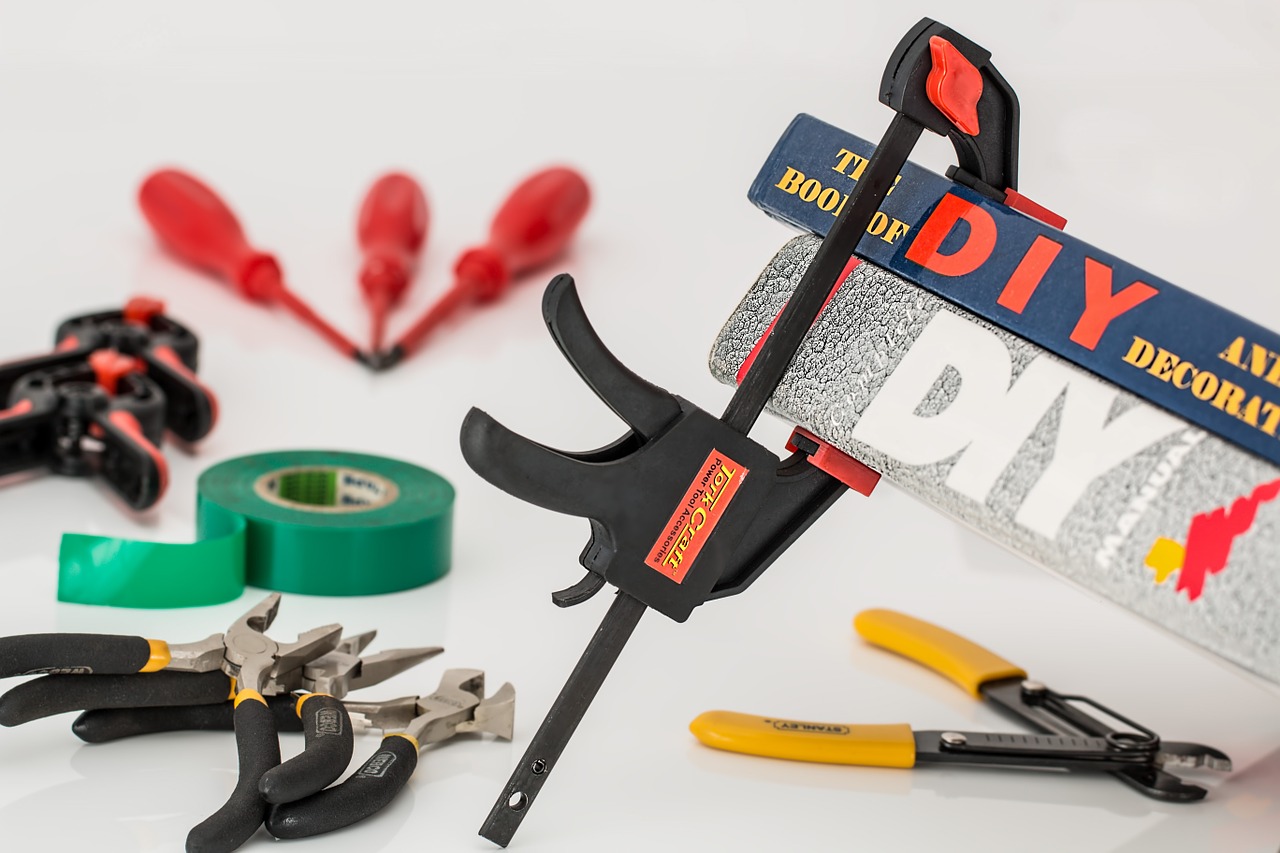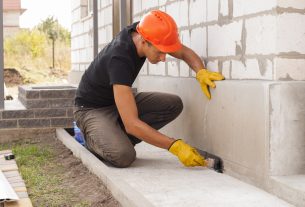We love it when homeowners try to take a shot at doing their own home repairs. Besides, DIY home repairs can be very fun and cheap. However, there are always some risks involved when handling a home repair project. So, we would like to share with you some of the common home repair mistakes we see homeowners often make.
#1. Missing Safety Equipment

Mothers always tell us to “wear our helmets” and “buckle our seatbelts.” However, as mothers cannot always be there to check on you, you need to pay attention to these kinds of things on your own if you don’t want a trip to the ER.
Unfortunately, when doing their own home repairs, many people fail to make safety their main priority and as a result, accidents tend to occur easily. For instance, some of the common accidents homeowners experience when working on home improvement projects are inhaling dust, tripping over items, eye injuries and other safety hazards. According to a DIY safety survey by the National Safety Council, “Among those who sustained personal injuries, 41 % say they came into harm’s way because they weren’t wearing personal protection gear.”
Therefore, if you want to avoid any safety hazards, follow these tips:
- Always remember to wear safety goggles when you are working with power tools.
- Wear hard hats when you are working under scaffolding.
- Always use gloves if you are carrying wood, rock or metal.
- I suggest you to avoid loose-fitting clothing, especially when you are working with power tools.
- Try to keep your tools and nails in a tool belt and nail pouch to protect your feet.
#2. Using Cheap Materials

Why do you think it is said that cheap is expensive? Because cheap raw materials cost less for a reason. This means that they can fail sooner, leaving you to do the job all over again.
Besides, when you try to cut corners, remember that cheap materials do not only lack aesthetic appeal but can also be very hazardous. For instance, if you choose low-quality pipes, there’s a possibility that your walls could be damaged.
#3. Underestimating the Cost of a Home Repair Project

Maybe one of the most common blunders homeowners make is underestimating the cost of a project and in most cases, the task ends up costing much more than what was expected. This often happens for older houses where owners try to make repairs.
#4. Miscalculating the Time Needed to Finish

Did you know most DIYers assume that they can complete their home repair projects in a shorter period of time than what it actually takes?
But what they fail to realize is that home repair experts work full-time instead of working only on weekends. Moreover, homeowners fail to consider how these professionals have the specialized skills and experience needed to complete a job sooner.
#5. Don’t Measure

There is a good reason why it is always said to “measure twice, cut once.” It is essential that lumber, pipes, drywall, countertops, baseboards and other materials are cut to the correct length for use as improper measurements can prove to be very costly for your home repairs, requiring you to buy more of whatever the material you cut too short.
#6. A Lack of Preparation

Too many homeowners fail to make proper preparations before starting a home repair project. Typical examples include failing to prepare a surface before painting or doing structural work before re-flooring.
#7. Doing It Alone

In Proverbs 16:18, it is said that “Pride goeth before the fall.” In this context, if one example of pride is “I can do this home repair project myself,” then there might not be a more accurate statement.
If you try to do everything yourself, then you are probably running the risk of injuring yourself. That is why if you are carrying a heavy object or trying to remove a fixture from the wall, make sure you have someone with you. For example, if something is breakable, it will be ten times better if you have an extra set of hands.
Bottom line: DIY doesn’t mean doing it without help.
Now that you are aware of these mistakes, you can easily avoid them and carry on your way to complete your home repair safely. So, please share your comments below and tell us about your home repair experience.



